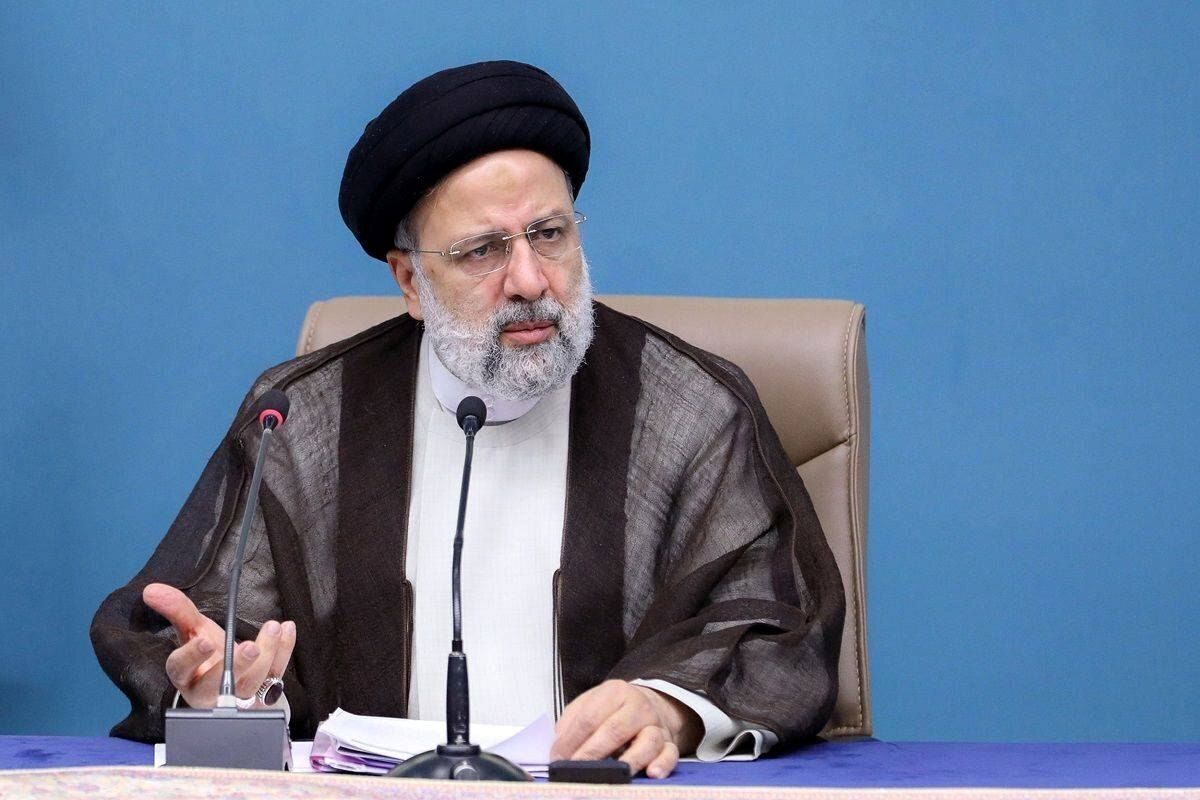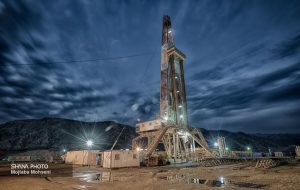
11 billion dollar project with an empty account; Dangerous game of banks in Azadegan oil field
The last condition of Mohsen Paknejad for the implementation of the Azadegan oil field contract is to deposit 800 million dollars to the account of Dasht Azadegan Arvand Company. A condition that banks have been unable to fulfill until today.

Refining and Distribution CEO: Technological opportunities in the refining industry are vast; the move towards data-driven management is gaining momentum
The CEO of the National Iranian Petroleum Products Refining and Distribution Company, emphasizing the move towards data-driven management and smart fuel chain, said: "The opportunity for technological and data-driven work in the refining and distribution industry is very broad. What is important in this path is the right direction, prioritizing issues, and defining effective cooperation models."
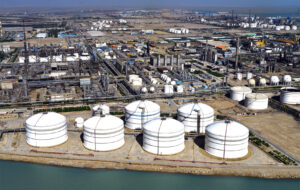
Getting to know Iran’s petrochemical holdings; this part of the Persian Gulf
Persian Gulf Petrochemical Industries Holding, as the second largest petrochemical holding in the Middle East and the largest player in this industry in Iran, plays a key role in meeting domestic needs and the international standing of this industry, with more than one-third of the nominal capacity of the country's petrochemical industry.
Breaking News
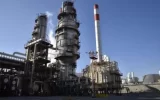
840 million cubic meters of natural gas are produced daily in the country’s refineries
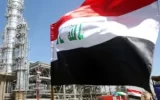
China’s oil investment in Iraq instead of Iran
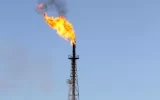
Burning of burner gases in Fajr Jam Refinery decreased

The necessity of managing energy consumption and giving priority to renewable energies

Trump will push the maximum pressure campaign against Iran’s oil industry

A coordination meeting for the development of joint oil fields was held

The determination of the representatives of the Arab governments to invest in Iran’s oil industry

The increase of Sepehr and Jafir field oil production to 51 thousand barrels

Will China’s oil imports from Iran and Saudi Arabia decrease?





